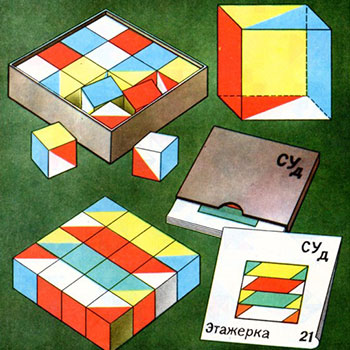How do you find the interval where f is concave up and where f is concave down for #f(x)= –(2x^3)–(3x^2)–7x+2#?
1 Answer
Sep 9, 2015
Using the second derivative test,
Explanation:
Concavity has to do with the second derivative of a function.
A function is concave up for the intervals where
A function is concave down for the intervals where
First, let's solve for the second derivative of the function.
The first derivative:
The second derivative:
Intervals where
Intervals where

